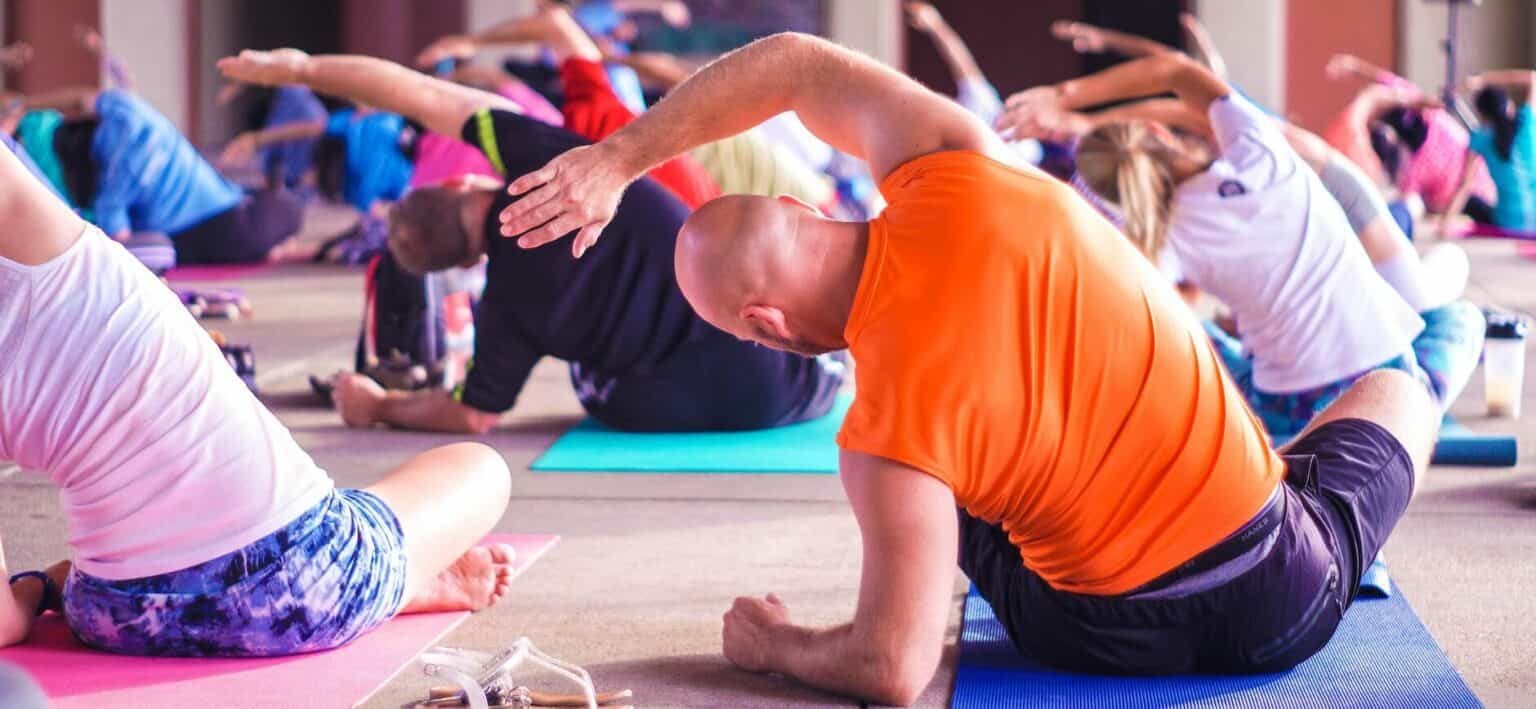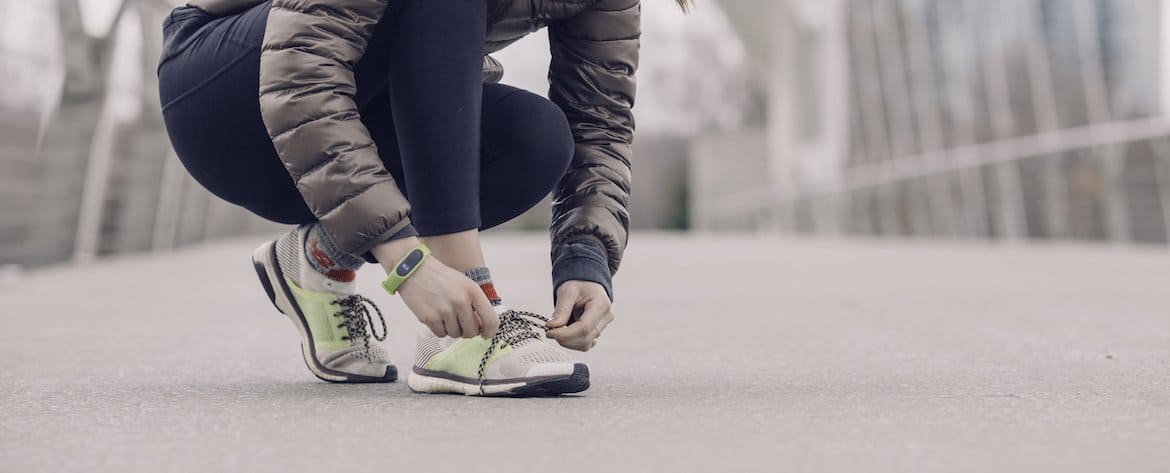This article is a contribution about clinical Pilates from our guest author Sophie Halsall-McLennan. She owns Fresh Start Physiotherapy in Ocean Grove.
Clinical Pilates is a form of physical exercise that is focused particularly on an individual’s balance, posture, proximal stability, strength, flexibility and breath control. It is becoming more commonly employed by Physiotherapists in the management of injuries, chronic conditions and post-operative rehabilitation. Most commonly, Clinical Pilates involves exercises on the mat, the ball, the use of the Trapeze table or the Reformer.
Clinical Pilates targets the strengthening of your deep spinals muscles, hip and pelvic musculature including the deep layer of abdominal muscles and pelvic floor muscles. It helps the body to restore normal movement patterns and normal timing of muscle activation. This improves the control and efficiency of the body.
How is Clinical Pilates different?
Clinical Pilates (differing from generic Pilates and Pilates classes) is a tailored exercise program according to the needs and goals of each individual client. Your Physiotherapist identifies this key issue by applying carefully selected exercises to patients with specific injuries based on a complete Physiotherapy treatment. This ensures that clients achieve outcomes and long-term health goals.
What are the benefits of Clinical Pilates?
Some of the key benefits of Clinical Pilates have been identified in the literature as;
- Improved posture
- Improved core stability
- Improved tone of the abdominal muscles and pelvic floor
- Improved balance, flexibility and strength
- Increased muscle coordination
- Prevention of lower back and neck pain
There are varying levels of research available to support the use of Clinical Pilates to achieve the key benefits outlined above. I have included just a few of the studies to give you an idea of what is being repeatedly identified and supported in the literature.
There are a number of studies that have found in the presence of back pain and neck pain, there is associated muscular weakness and dysfunction of the core muscles and stabilising muscles. Pilates has been found to retrain these stabilization muscles for the lower back and neck, thereby reducing the compressive loads of the pain sensitive structures, and normalising muscle control around these structures thereby reducing pain in the lower back, neck, reducing the frequency of headaches and improving posture (Gladwell et.al 2006, Horvath 2005, Moffett & McLean, 2006, Segal et. al., 2004).
Balance, proprioception and flexibility are key areas that have also been shown to improve with the engagement of Pilates. Each of these key areas may be inhibited in the presence of pain, leading to increased healing time and the development of compensatory movement patterns. In a number of studies, these key areas of balance, proprioception and flexibility were found to be improved in participants who undertook Pilates in comparison to those who participated in other forms of rehabilitation, or received no intervention (Segal et. al., 2004, Bryan & Hawson, 2003).
It is widely acknowledged that there are large number of key research based benefits of Clinical Pilates relevant to any age and every physical ability. Clinical Pilates is an excellent form of rehabilitation for many conditions of the spine and limbs and should be something you can consider when seeing your Physiotherapist.
For more information, please speak with your treating Physiotherapist today.
REFERENCES
Bryan, M & Hawson, S (2003). The benefits of Pilates exercise in orthopaedic rehabilitation. Techniques in Orthopaedics, 18(1), 126-129. Gladwell, V., Head, S., Haggar, M., &
Gladwell, V., Head, S., Haggar, M., & Beneke, R. (2006). Does a program of Pilates improve chronic non-specific low back pain? Journal of Sport Rehabilitation, 15, 338-350.
Moffett, J., & McLean, S. (2006). The role of physiotherapy in the management of nonspecific back pain and neck pain. Rheumatology, 45, 371-378.
Segal, N.A., Hein, J., & Basford, J.R. (2004). The effects of Pilates training on flexibility and body composition: An observational study. Archives of Physical Medical Rehabilitation, 85, 1977-1981.














